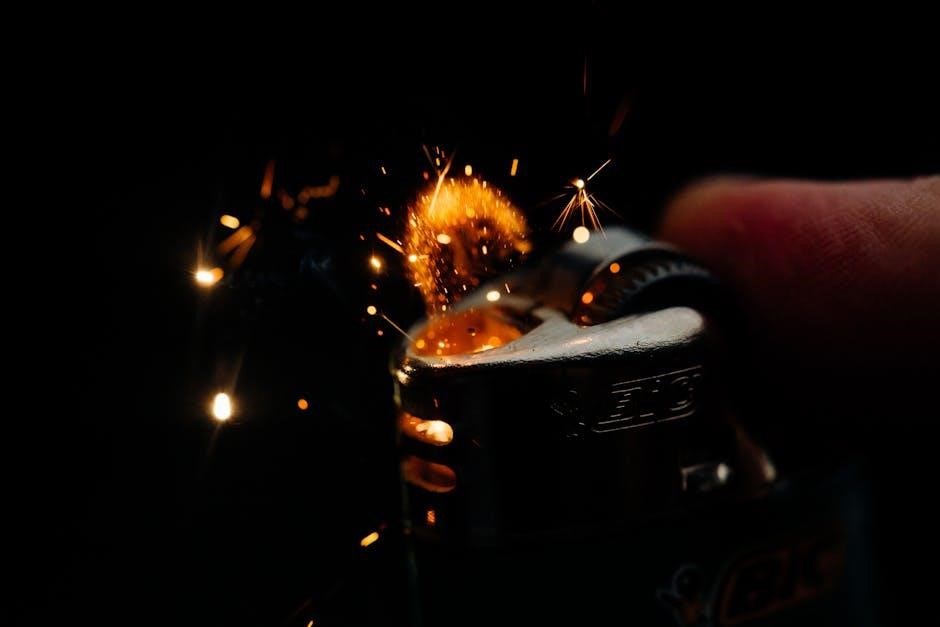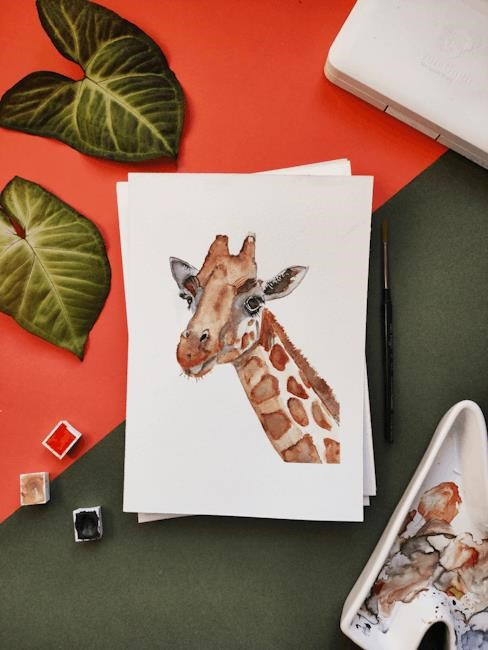
watercolor painting pdf
Watercolor Painting PDF: A Comprehensive Guide
Are you ready to dive into the captivating world of watercolor painting? This comprehensive guide, available as a downloadable PDF, is designed to take you from beginner to confident artist. Inside, you will discover essential techniques, step-by-step tutorials, and valuable tips for creating stunning watercolor art.
Watercolor painting, a method mixing pigments with water, boasts a rich history, dating back to prehistoric cave paintings and flourishing in Asia. Perfected in 18th-century England, this medium offers unique unpredictability, ensuring every piece is a distinct creation. Are you interested in getting started with watercolor painting? It’s my goal to help you overcome the hurdles and overwhelm that comes with getting started with watercolor! That includes navigating supplies, techniques and more.
This art form involves hydrating pigments, applying them with a wet brush, and manipulating shades with water. Watercolor’s versatility allows for stunning results unmatched by other mediums. Whether you’re drawn to landscapes, portraits, or abstract designs, watercolor offers boundless possibilities. It is easy to set up, but hard to master. It can produce amazing results that none other medium can achieve. Don’t be intimidated; this guide will help you get started by providing essential techniques and applications to have success quickly and easily.
Embrace the fluidity and transparency of watercolor. This guide will help you to create watercolor paintings, as well as trade secrets that are not taught anywhere else. Explore color mixing, washes, and layering to achieve depth and vibrancy in your artwork. With practice and patience, you’ll unlock the magic of this enchanting medium.
Essential Watercolor Supplies for Beginners
Embarking on your watercolor journey requires gathering the right tools. Begin with student-grade watercolors, offering a balance of quality and affordability. A basic palette should include primary colors (red, yellow, blue) and a few earth tones for versatility. Choosing the right materials is important because good materials should be able to help you to paint a good picture, not hinder you. Watercolor painting is hard enough, don’t make it harder with cheap, low-quality materials!
Invest in a set of small to medium-sized brushes, including round and flat shapes. These will allow for both detailed work and broad washes. Also, choose watercolor papers specific for watercolors. Watercolor papers are used for painting that are specific for watercolors. Opt for watercolor paper with a weight of at least 140lb (300gsm) to prevent buckling and warping.
You’ll also need a palette for mixing colors, two water containers (one for rinsing, one for clean water), paper towels, and masking tape; A board to tape your paper to is also helpful. Don’t forget a pencil and eraser for sketching your initial composition. With these essential supplies, you’ll be well-equipped to start creating beautiful watercolor paintings. It is also important to have a comfortable working space.
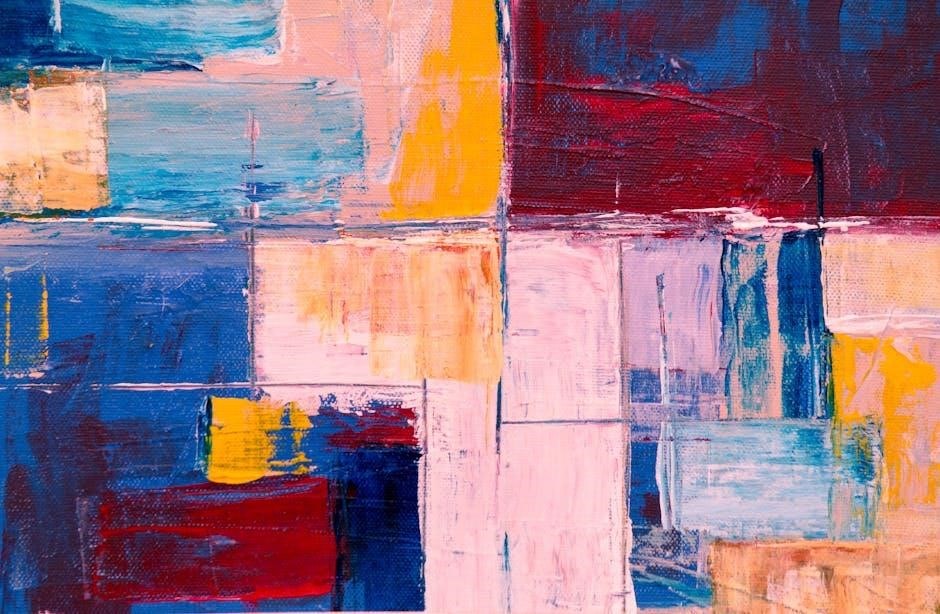
Basic Watercolor Techniques: Washes and Blending
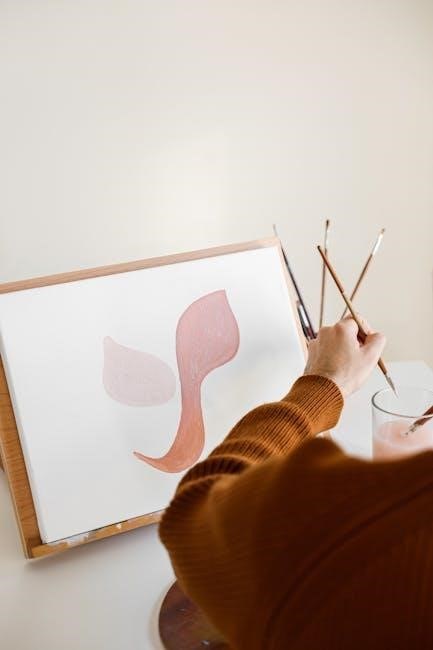
Mastering washes and blending is fundamental to watercolor painting. A wash is a broad, even application of color. To create a flat wash, wet your paper slightly and apply a diluted paint mixture with consistent brushstrokes, overlapping each stroke slightly. For a graded wash, gradually add more water to your paint mixture as you move down the paper, creating a smooth transition from dark to light.
Blending involves seamlessly merging two or more colors. One common technique is wet-on-wet blending, where you apply colors next to each other on wet paper, allowing them to naturally blend and soften. Another is dry brushing, where you use a relatively dry brush with minimal paint to create textured effects and subtle color transitions. A blending technique is achieved by applying paint to WET paper. Paint is applied BEFORE the next color has dried, so that they run together and create soft edges.
Practice these techniques on scrap paper to develop your control and understanding of how water and pigment interact. Experiment with different amounts of water and paint to achieve various effects. With practice, you’ll be able to create smooth, even washes and seamless blends that will enhance your watercolor paintings.
Color Mixing for Watercolorists
Understanding color mixing is essential for any watercolor artist. Start with a limited palette of primary colors – typically a warm and cool version of each (red, yellow, and blue) – plus white. This allows you to create a wide range of hues, tints, and shades. When mixing colors, always begin with the lightest color and gradually add the darker color to avoid overpowering the mixture. Remember that watercolor dries lighter, so test your colors on a separate piece of paper to ensure they match your desired result.
Experiment with different color combinations to create your own unique palette. Learn to mix secondary colors (orange, green, and violet) by combining primary colors. Create tertiary colors by mixing a primary color with a neighboring secondary color. Explore the effects of adding complements to create muted tones and shadows. Understanding color theory will help you to mix colors, values, and do full paintings using those techniques.
Keep a color mixing journal to record your experiments and favorite combinations. Note the proportions of each color used and the resulting hue. This will serve as a valuable reference as you continue to develop your watercolor skills.
Wet-on-Wet Watercolor Technique
The wet-on-wet technique involves applying watercolor paint to paper that has already been dampened with water. This creates a soft, dreamy effect with blurred edges, ideal for backgrounds, skies, and atmospheric effects. To begin, evenly wet your watercolor paper with a clean brush or sponge. The paper should be damp but not soaking wet; excess water can cause the paint to run uncontrollably.
Next, load your brush with diluted watercolor paint and gently touch it to the wet paper. The paint will naturally spread and blend with the surrounding water, creating soft transitions and subtle variations in color. You can add multiple layers of color while the paper is still wet, allowing them to mingle and blend together. Be careful not to overwork the paper, as this can result in muddy colors;
The key to success with the wet-on-wet technique is controlling the amount of water on your paper and in your paint. Experiment with different levels of wetness to achieve various effects. Use a spray bottle to re-wet areas that are drying too quickly or a clean, dry brush to lift excess water. This technique is unpredictable and requires patience, but the results can be beautiful and ethereal.
Wet-on-Dry Watercolor Technique
The wet-on-dry watercolor technique involves applying wet watercolor paint to dry paper. Unlike the wet-on-wet method, this technique allows for greater control and precision, resulting in sharp lines and defined edges. This makes it ideal for adding details, textures, and intricate patterns to your watercolor paintings. To begin, ensure your watercolor paper is completely dry.
Load your brush with watercolor paint, adjusting the water-to-pigment ratio to achieve your desired consistency and intensity. Apply the paint directly onto the dry paper, using controlled strokes to create distinct shapes and lines. Since the paper is dry, the paint will not spread or bleed as much, allowing you to create precise details and sharp edges. You can layer colors by waiting for each layer to dry completely before applying the next.
This layering process allows for building up depth, shading, and highlights in your painting. Be mindful of the amount of water you use, as too much water can still cause the paint to bleed and lose its definition. The wet-on-dry technique requires a steady hand and good brush control, but it offers endless possibilities for creating detailed and realistic watercolor paintings.
Creating Watercolor Landscapes: A Step-by-Step Tutorial
Embark on a journey to capture the beauty of nature with this step-by-step tutorial on creating watercolor landscapes. First, gather your essential supplies: watercolor paints, brushes, watercolor paper, a palette, and water. Begin by sketching a light outline of your landscape, focusing on the horizon line, major shapes, and key elements like trees, mountains, or water bodies. Next, prepare your watercolor palette by mixing the colors you’ll need for your sky.
Start with a diluted wash of blue, gradually adding more pigment to create a gradient effect, suggesting depth and atmosphere. Once the sky is dry, move on to painting the background elements, such as distant mountains or forests. Use a lighter value and muted colors to create the illusion of distance. As you move towards the foreground, increase the intensity of the colors and add more details.
Paint the larger shapes first, such as fields or bodies of water, and then add details like trees, rocks, and foliage. Use a variety of brushstrokes and techniques, such as wet-on-wet for soft edges and wet-on-dry for sharper details. Remember to layer your colors, allowing each layer to dry before adding the next, to create depth and dimension in your landscape painting. With practice and patience, you’ll be able to create stunning watercolor landscapes that capture the essence of nature.
Painting Watercolor Flowers: A Beginner’s Guide
Welcome to the enchanting world of watercolor flower painting! This beginner’s guide will walk you through the fundamental steps to create beautiful floral artwork. Firstly, gather your supplies: watercolor paints, a variety of brushes (round and flat), watercolor paper, a mixing palette, clean water, and paper towels. Begin by lightly sketching your chosen flower onto the watercolor paper.
Focus on capturing the basic shapes and proportions of the petals, leaves, and stem. Next, prepare your watercolor palette by mixing the colors you’ll need for your flower. Start with a diluted wash of your base color and apply it to the petals, leaving some areas unpainted to create highlights. While the base layer is still wet, add darker shades to create shadows and depth;
Use a smaller brush to add details, such as veins on the petals and leaves. Experiment with different watercolor techniques, such as wet-on-wet for soft, blended edges and wet-on-dry for sharper, more defined lines. Remember to layer your colors, allowing each layer to dry before adding the next, to build up depth and complexity in your painting. With practice and patience, you’ll be able to create stunning watercolor flower paintings that capture the delicate beauty of nature. Explore tutorials and downloadable PDF guides for further inspiration and techniques.
Advanced Watercolor Techniques for Detailing
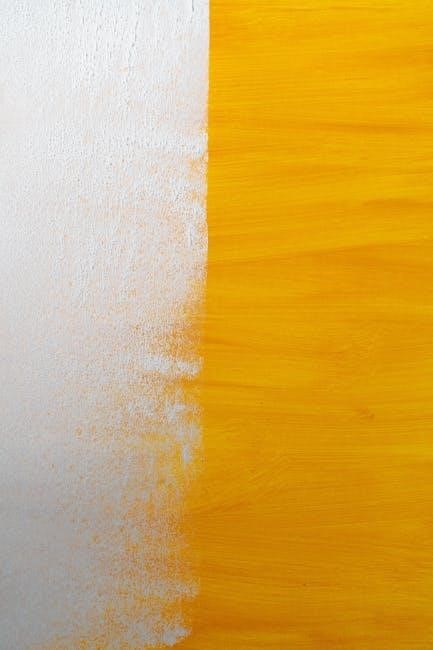
Once you’ve mastered the basic watercolor techniques, it’s time to delve into advanced detailing methods that will elevate your artwork. One such technique is dry brushing, where you use a brush with very little water to create textured effects. Load your brush with paint and then dab it onto a paper towel to remove excess moisture. Gently drag the brush across the paper to create a broken, textured line, perfect for depicting rough surfaces.
Another advanced technique is lifting, which involves removing paint from the paper to create highlights or correct mistakes. Use a clean, damp brush or a paper towel to gently lift the paint from the desired area. Masking fluid is also useful for preserving white areas or creating sharp edges. Apply the fluid to the areas you want to protect, let it dry completely, and then paint over it. Once the paint is dry, carefully peel off the masking fluid to reveal the untouched areas.
Layering glazes is another essential advanced technique. Apply thin, transparent washes of color over previous layers to create depth and complexity. Ensure each layer is completely dry before applying the next to prevent muddiness. Experiment with these advanced techniques to add intricate details and refine your watercolor paintings. Look for detailed tutorials and downloadable PDF resources to further enhance your skills.
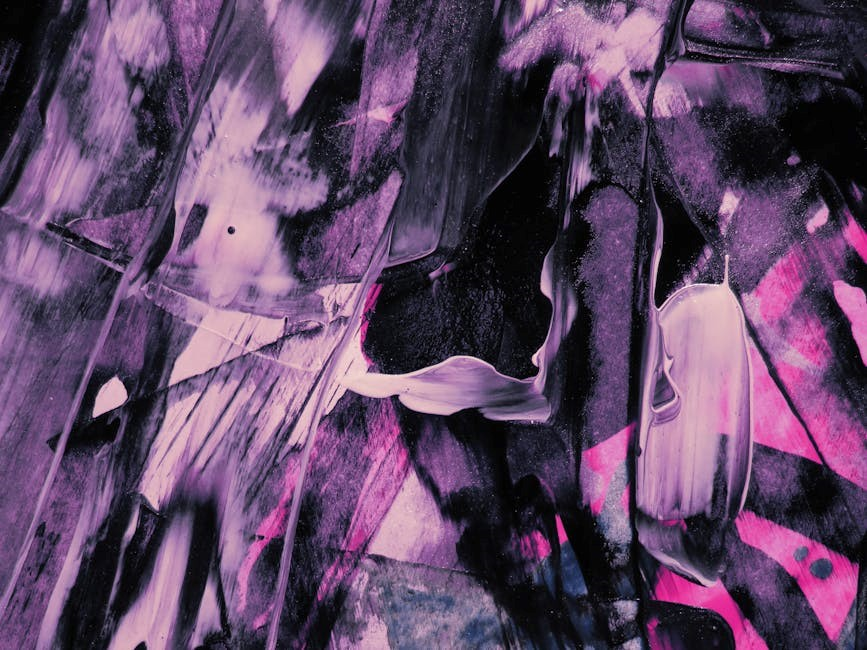
Free Watercolor Tutorials and PDF Resources
Embark on your watercolor journey with a wealth of freely available resources! Numerous online platforms offer comprehensive watercolor tutorials designed for beginners and advanced artists alike. These tutorials often cover essential techniques such as washes, blending, and color mixing, providing a solid foundation for your artistic endeavors. Many artists and educational websites also provide downloadable PDF guides that summarize key concepts and offer step-by-step instructions for various watercolor projects.
Explore YouTube channels dedicated to watercolor painting, where you can find video tutorials demonstrating different techniques and approaches. Many online art communities offer free access to lessons and workshops conducted by experienced watercolor artists. These resources can be invaluable for learning new skills and gaining inspiration. Look for tutorials that focus on specific subjects, such as landscapes, flowers, or portraits, to hone your skills in those areas.
Don’t hesitate to take advantage of these free resources to enhance your watercolor knowledge and abilities; Whether you prefer video demonstrations or written guides, there’s a wealth of information available to help you improve your painting skills. Remember to practice regularly and experiment with different techniques to develop your unique style. Many artists also offer free sample lessons from their paid courses, providing a taste of more in-depth instruction.

